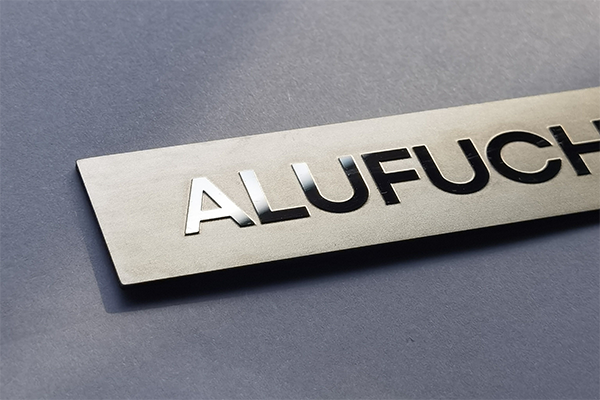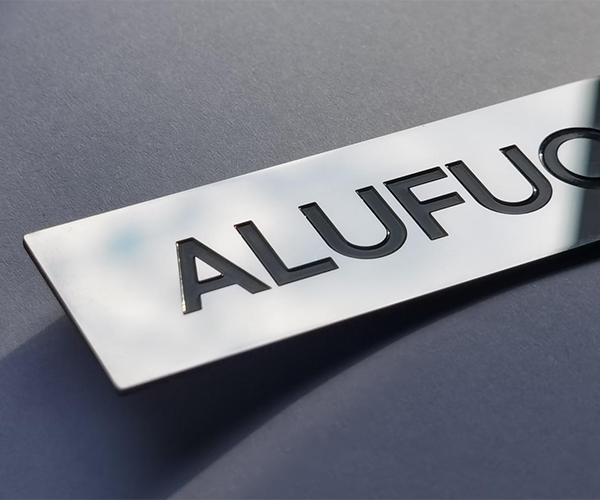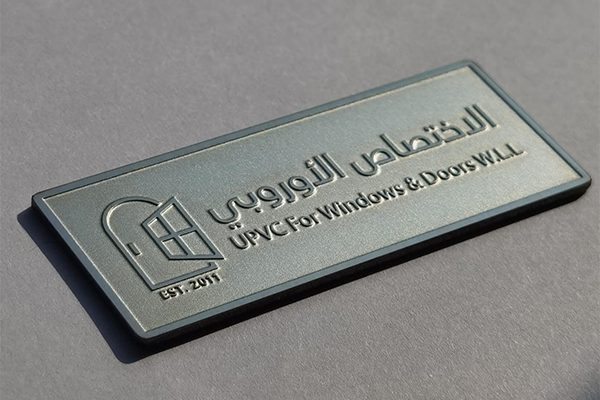Introduction
Stainless steel etching is a precision manufacturing technique that combines artistry with cutting-edge technology. From intricate decorative patterns to ultra-fine industrial components, this process has revolutionized how we shape and customize one of the world’s most durable materials. Let’s dive into how this fascinating technology works and why it’s transforming industries globally.
What is Stainless Steel Etching?
Stainless steel etching is a subtractive manufacturing process that uses chemical or physical methods to selectively remove material, creating precise designs, textures, or functional features on metal surfaces. Unlike traditional mechanical engraving, etching achieves micron-level accuracy without compromising the material’s structural integrity.
Key Methods:
Chemical Etching
●Utilizes acidic solutions (e.g., ferric chloride) to dissolve unprotected metal areas
●Ideal for complex geometries and thin materials (0.01–2.0 mm thickness)
Laser Etching
●High-energy lasers vaporize surface layers with pinpoint accuracy
●Perfect for serial numbers, logos, and high-contrast markings
The Etching Process: Step by Step
Design & Masking
●Digital artwork is converted into a UV-resistant photoresist mask
●Critical for defining etching boundaries with ±0.025 mm precision
Exposure & Development
●UV light hardens the mask in pattern areas
●Unhardened resist is washed away, revealing metal for etching
Etching Stage
●Immersion in controlled chemical baths or laser ablation
●Depth control from 10 microns to full penetration
Post-Processing
●Neutralizing chemicals, removing residues
●Optional coloring (PVD coating) or anti-fingerprint treatments
Industrial Applications
|
Industry |
Use Cases |
| Electronics | EMI/RFI shielding cans, flex circuit contacts |
| Medical | Surgical tool markings, implantable device components |
| Aerospace | Fuel cell plates, lightweight structural meshes |
| Automotive | Decorative trims, sensor components |
| Architecture | Anti-slip surfaces, artistic façades |
Why Choose Etching Over Alternatives?
●Precision: Achieve features as small as 0.1 mm with burr-free edges
●Material Integrity: No heat-affected zones or mechanical stress
●Scalability: Cost-effective for prototypes and mass production
●Sustainability: 95%+ chemical recycling rates in modern systems
Technical Considerations
Material Grades
●304/316L: Most etchable grades
●Avoid titanium-stabilized grades (e.g., 321) for chemical processes
Design Rules
●Minimum line width: 1.5× material thickness
●Etch factor compensation for undercutting
Regulatory Compliance
●RoHS-compliant chemistries
●Wastewater pH neutralization systems
Future Trends
●Hybrid Techniques: Combining laser and chemical etching for 3D textures
●AI Optimization: Machine learning for predictive etch rate control
●Nano-scale Etching: Surface modifications for antimicrobial properties
Conclusion
From smartphones to spacecraft, stainless steel etching quietly enables the precision we expect in modern technology. As industries demand ever-smaller components with complex functionalities, this 70-year-old process continues to reinvent itself through digital innovation.
Looking for etching solutions? Shenzhen Haixinda Nameplate Co., Ltd combines 20+ years of expertise with ISO 9001-certified facilities to deliver mission-critical components. [Contact us] for a free design consultation.
Welcome to quote for your projects:
Contact: info@szhaixinda.com
Whatsapp/phone/Wechat : +86 15112398379
Post time: Mar-21-2025












